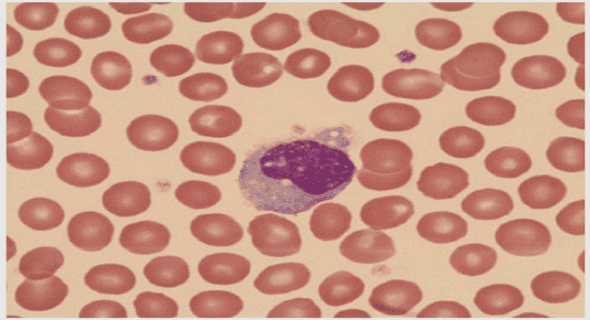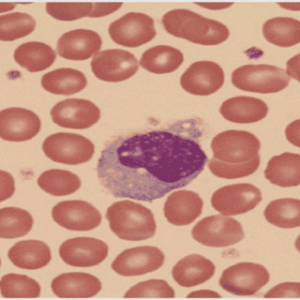(Downloads - 0)
For more info about our services contact : help@bestpfe.com
Table of contents
I. General introduction
II. The self
A. How to define and study the self
B. The neuroscience of the self
1.Self-recognition across modalities: towards a unified representation of the self?
2. From personality traits to self-reflection
3. Building the self in time: autobiographical memory
C. The default-network, self-processing and spontaneous thoughts
1. Characterization of the default-network
2. The overlap between self-related processing and the default-network 26
3. Neural correlates of spontaneous thoughts
a) The relevance of spontaneous thoughts
b) Intrinsic and extrinsic modes of attention
c) How has the self-relatedness of thoughts been probed and what is
its relationship with DN activity?
D. The “I” and the “Me”: from philosophy to cognitive neuroscience
1. The “I” and the “Me”: what is it?
a) Defining the “I” and the “Me”
b) The idea of a narrative self
c) The “I” and the immunity principle
2. Re-interpretation of the neuroscientific findings
3. The “I” and the “Me” in cognitive neuroscience
III. The self and the living body
A. The embodied self
B. How malleable is bodily self-consciousness?
1. Body ownership and self-location
2. First-person perspective
3. Agency
C. A distinction between experience and introspection relative to the body
D. Interactions between bodily processes and higher order self
E. From the somatosensory/motor body to the visceral body
IV. The visceral body
A. Theoretical considerations about the visceral body and the self
1. A bodily-centered reference frame for the self
2. About visceral signals
B. Pathways from the viscera to the brain
C. Resting state cortical activity and physiological signals
D. Heart and brain
1. Stimuli processing and the timing of the cardiac cycle
2. Heartbeat-evoked responses
a) Origin of the cardiac signal that reaches the brain
b) Characterization of the HER waveform
c) HER amplitude modulation by different cognitive factors
3. Cardiac interoception
a) Cardiac interoception measures
b) Neural correlates
c) Relationship between cardiac interoception and cognition
d) What cardiac interoception does and does not tell us
E. A major role of the insula?
F. Visceral signals and bodily awareness
V. Article I: Neural responses to heartbeats in the default-network encode the self in spontaneous thoughts
A. Technical remarks on heartbeat-evoked responses
1. Confounding artefacts: cardiac-field and pulse artefacts
2. Correction and control of artefacts
B. Abstract in French
C. Article
VI. Article II: Is the cardiac monitoring function related to the self in both the default-network and right anterior insula?
A. Abstract in French
B. Article
VII.Article III: Imagining the self is associated with neural responses to heartbeats in medial motor regions and the ventromedial prefrontal
A. Abstract in French
B. Article
VIII. General discussion
A. Main results and discussion on the consistency between tasks
1. HERs encode the self in spontaneous thoughts
2. HERs distinguish self- and other-imagination
B. What do these results tell us about the self?
1. The “I” and the “Me”: two distinct and graded dimensions of the self in spontaneous thoughts
2. What is contrasted when we compare Self and Other?
C. Consistency of the results between tasks
D. What do these results tell us about spontaneous vs oriented thoughts?
E. Proposal of a mechanism for the implementation of the self
1. What is this signal?
2. Three hypotheses to explain the link between HERs and the self



